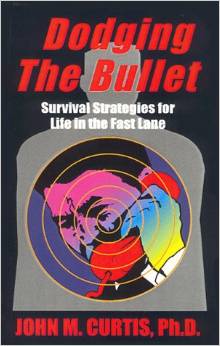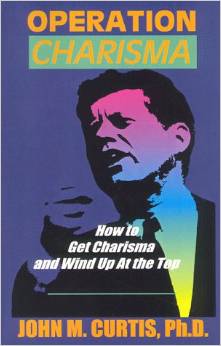Today’s unemployment rate jumped from 6.0% to 6.1%, not alarming in itself but taken in the context of a promised economic recovery by 78-year-old President Joe Biden, it’s a big disappointment. Wall Street reacted positively with the Dow Jones Industrial Average rising 229,27 points to a record 34,777,76 high, anticipated the Federal Reserve Board will maintain rock-bottom interest rates into the foreseeable future. While the economy added 266,000 jobs, that wasn’t enough to signal anything other than an economic stall. When you think that Biden signed his $1.9 trillion stimulus bill March 11, exactly one year after the World Health Organization declared a global pandemic, he would have expected more hiring back, especially now that vaccines have continued at a furious pace with 108,926,627 citizens fully vaccinated or 32.8% of the U.S. population.
Biden said that there can be no economic recovery with a recovery from Covid-19, something happening slowly-but-surely as the U.S. rolled out vaccines at a greater rate than any other country. Yet today’s jobs reports shows, despite all the Wall Street enthusiasm over vaccines and just about anything else, that there was a pre-Covid-19 economy, that wasn’t in the best of shape. Now that the 2020 campaign’s in the rear view mirror, economists are starting to realize that things weren’t that great with the economy stagnating or heading into recession. Only former President Donald Trump was optimistic about the pre-Covid-19 economy, knowing that the Fed was already slashing interest rates in 2019 before the pandemic hit. Trump blamed Fed Chairman Jay Powell for stalling economic recovery hiking interest rates in 2018, anticipating inflation that never happened.
Berkshire Hathaway Chairman Warren Buffett, the so-called “Oracle of Omaha,” said May 2 that he was raising prices expecting higher inflation in 2021. Today’s jobs report completely upends Buffett’s forecast, if anything predicting deflation for the rest of the year, except with food-and-energy. If the economy doesn’t snap back in a so-called V-shaped recovery, then the pre-pandemic economy still applies, though things are much worse when it comes to employment, with so many companies out of business. “What we’re talking about here is pretty stunning,” said Diane Swonk, chief economist at Grant Thorton. “The shock is unique because the cause is unique. It’s such a different animal from anything that we’ve ever seen,” mirroring the same thoughts as Powell before he slashed interest rates to zero March 15, 2020. Powell reacted only four days after WHO declared a global pandemic.
When Swonk talks about a “unique” event, she’s talking about the damage done to the economy by pandemic, shutting down the economy to control the spread of the virus, driving the unemployment rate from 3.5% to over 12%, now rebounding to 6.1%. But there’s a big difference between adding new jobs to the economy and getting back at least some percentage of the jobs lost. Today’s April jobs report indicates that the snap-back has slowed, with prospects for new jobs more uncertain. Biden’s talk of “jobs, jobs, jobs” in today’s economy aren’t going to happen quickly from the Green Energy economy. Trying to do too much too soon on the climate change front isn’t going to help the ailing jobs market. Killing the fossil fuel industry is the surest way to plunge the economy into a double-dip recessions or, worse yet, depression, something not that out of the question.
Buffett jumped the gun on inflation not realizing that even with the 3.5% unemployment rate, inflation was very tame, letting Powell continue to slash rates. Buffett focused to heavily on energy-and-food prices, something increasing due to factory and warehouse shortages and added transportation costs during the pandemic. But with the prospects of unemployment remaining high for the indefinite future, worries about inflation are less likely. Swonk estimates that April jobs losses could total as high a 34 million, leaving the paltry 266,000 April jobs added a drop in the bucket. Around 3.5 million sought jobless benefits last week, a sheer sign that unemployment or more likely under-employments continues to hamper U.S. Gross Domestic Product [GDP]. Federal Reserve Bank of Chicago senior economist Jason Faberman says the under-employment rate could be 25%.
Buffet was reading the wrong tea leaves when he thought inflation was about the rear its ugly head, not realizing the jobs picture was far weaker than the Democrat Party’s Cool-Aid. When a senior Fed economists says the under-employment rate could be as high as 25%, that’s bad news for the economy. Running up record highs on Wall Street bears almost no connection to the underlying economy that looks more anemic than before the pandemic. All expectations for a V-shaped recovery were more wishful thinking than reality, now that the real employment numbers are reported. Two economics Alexander Bidk and Adam Blandin, with Arizona State and Virginia Commonwealth Universities, found that only 60.4% of adults 24-60 are currently employed, the lowest figure on record. Powell sees the economy clearly, keeping interest rates at zero percent.



